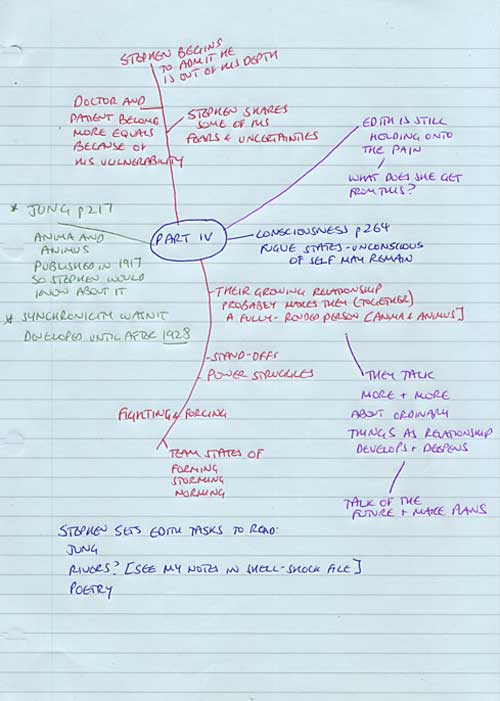Beddingham Hall November 1927
Experiences in general involve the presence of objects to the mind. We cannot perceive without perceiving something, we cannot suppose without supposing something to be the case, and even apparently objectless emotions are found in analysis to be directed upon something before the mind.
The early days of psychoanalysis were all about attempting to discover how an individual mind worked, against a backdrop of a hazy appreciation of how any mind operated. Healthy minds were more disturbed than first given credit for, so the measures of normality shifted. The theories and practice of therapy, however, did not. On revisiting them, my work in progress notes echoed that confusion:
- Something is real if a person perceives it to be real; neural pathways can be built within a strongly experienced fantasy world. Because it is real.
- Pierre Janet believed that energy is needed to stream mental atoms. A neurotic person doesn’t have enough of this energy and fatigue, strain or shock can reduce the energy in anyone so are the cause of neurotic symptoms.
- Psychology is the science of behaviour.
- Pierre Janet: ‘We shall some day describe mental disorders solely in terms of action and conduct.’
- McDougall: ‘means of a flight into the disease one achieves definite aims through the disease – that is to say, the disorder is in some sense the achievement of a purposeful activity.’
Explore more of my mind-maps:



